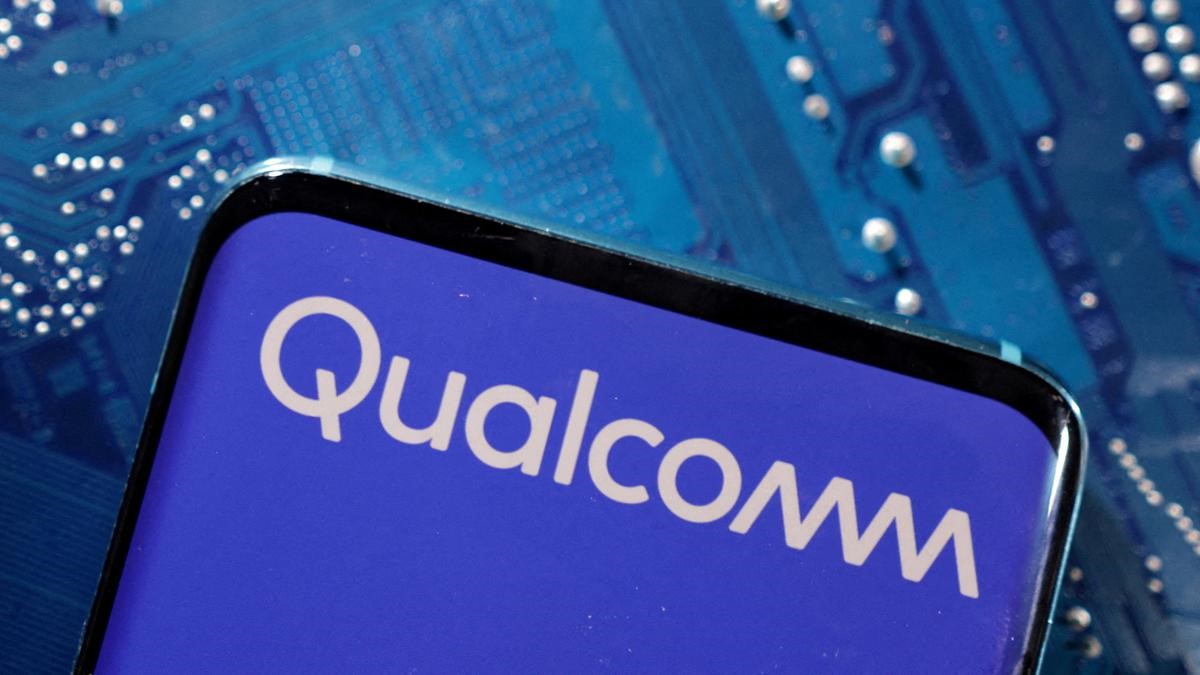Description

Disclaimer: Copyright infringement not intended.
Context
Qualcomm, Google partner to make RISC-V chip for wearable devices.
Details
- The partnership between Qualcomm and Google to produce wearable devices based on RISC-V technology marks a significant step in the development of open-source hardware and its application in consumer electronics.
- Competition with Proprietary Technologies: By utilizing RISC-V technology, Qualcomm aims to challenge the dominance of proprietary technologies, particularly those provided by British chip designer Arm Holdings.
- Advantages for Android Ecosystem: This includes the potential for more customized, power-efficient, and high-performance processors, enhancing the overall user experience for Android-based wearable devices.
- Global Commercialization: This move could potentially facilitate the adoption of RISC-V technology on a global scale, further accelerating its development and implementation across various industries.
- Concerns about Technology Exploitation: The reference to concerns expressed by lawmakers regarding the potential exploitation of open collaboration among American companies, particularly by China, emphasizes the delicate balance between open-source innovation and maintaining national interests.

About Open-source technology
- It refers to any software or technology that is designed, developed, and distributed with an open and accessible methodology.
- It is typically characterized by the following key features:
- Open Access to Source Code: Open-source technology provides unrestricted access to its source code, allowing users to study, modify, and enhance the software based on their specific needs.
- Collaborative Development Model: It encourages a collaborative development model where programmers, developers, and users from around the world can contribute to the improvement and refinement of the software.
- Licensing Flexibility: Open-source software is often distributed under licenses that allow users to modify and distribute the software without restrictions, as long as they adhere to the terms of the particular open-source license.
- Community-Driven Innovation: It fosters a community-driven approach to innovation, where the collective knowledge and efforts of a diverse group of developers and users contribute to the continuous improvement and evolution of the software.
- Transparency and Accessibility: Open-source technology promotes transparency in its development process, ensuring that the software's design, implementation, and functionality are open and accessible to the public.
History of Open Source Technology:
- Early Days: The roots of open source can be traced back to the early days of computing, where sharing and collaboration were common among programmers and developers.
- GNU Project: In 1983, Richard Stallman launched the GNU Project, laying the foundation for the Free Software Movement and advocating for software freedom.
- Open Source Initiative (OSI): In 1998, the term "open source" was formally coined, and the OSI was established to promote and protect open-source software through a set of guidelines and standards.
Benefits of Open Source Technology:
- Cost-Effectiveness: Open-source software is often free to use, reducing the financial burden on businesses and individuals.
- Customizability and Flexibility: Users can modify and customize open-source software to suit their specific needs, promoting flexibility and innovation.
- Security and Reliability: The collaborative nature of open-source development often leads to robust security measures, as issues are quickly identified and resolved by a large community of developers.
- Faster Innovation and Development: The open nature of the source code encourages rapid innovation and development, as a diverse community contributes ideas and improvements.
- Vendor Neutrality: Users are not locked into specific vendors, reducing dependency and enhancing freedom of choice.
Challenges of Open Source Technology:
- Security Risks: Despite the collaborative effort to enhance security, vulnerabilities can still exist, particularly in less popular projects with limited oversight.
- Lack of Comprehensive Support: Some open-source projects may lack comprehensive support, compared to proprietary software, which can be a concern for businesses with specific requirements.
- Fragmentation and Compatibility Issues: With numerous open-source options available, ensuring compatibility and integration between different platforms and software can be challenging.
Open Source Technology in Different Sectors:
- Software Development: Open-source software has become a fundamental component of modern software development, powering operating systems, programming languages, and development tools.
- Business and Enterprise Solutions: Many businesses leverage open-source solutions for their operations, including customer relationship management (CRM), enterprise resource planning (ERP), and content management systems (CMS).
- Education and Research: Open-source technology has become integral to educational institutions and research organizations, fostering collaboration and knowledge sharing among students and researchers.
- Government and Public Services: Several governments worldwide have adopted open-source technology for various public services, aiming for transparency, cost-effectiveness, and improved service delivery.
Future Outlook:
- The future of open source technology appears promising, with continued growth and adoption across various sectors.
- With the rise of artificial intelligence, blockchain, and the Internet of Things (IoT), open source is expected to play a crucial role in shaping the technological landscape and driving innovation globally.

Conclusion
The Qualcomm and Google partnership signifies a significant milestone in the integration of open-source hardware technology in consumer electronics, particularly in the rapidly expanding wearable device market. This collaboration is expected to contribute to the advancement of open-source technology adoption and further foster innovation in the semiconductor industry.
|
PRACTICE QUESTION
Q. Discuss the impact of open-source technology on the modern digital landscape. How has the collaborative and transparent nature of open-source development influenced various sectors? (250 Words)
|











